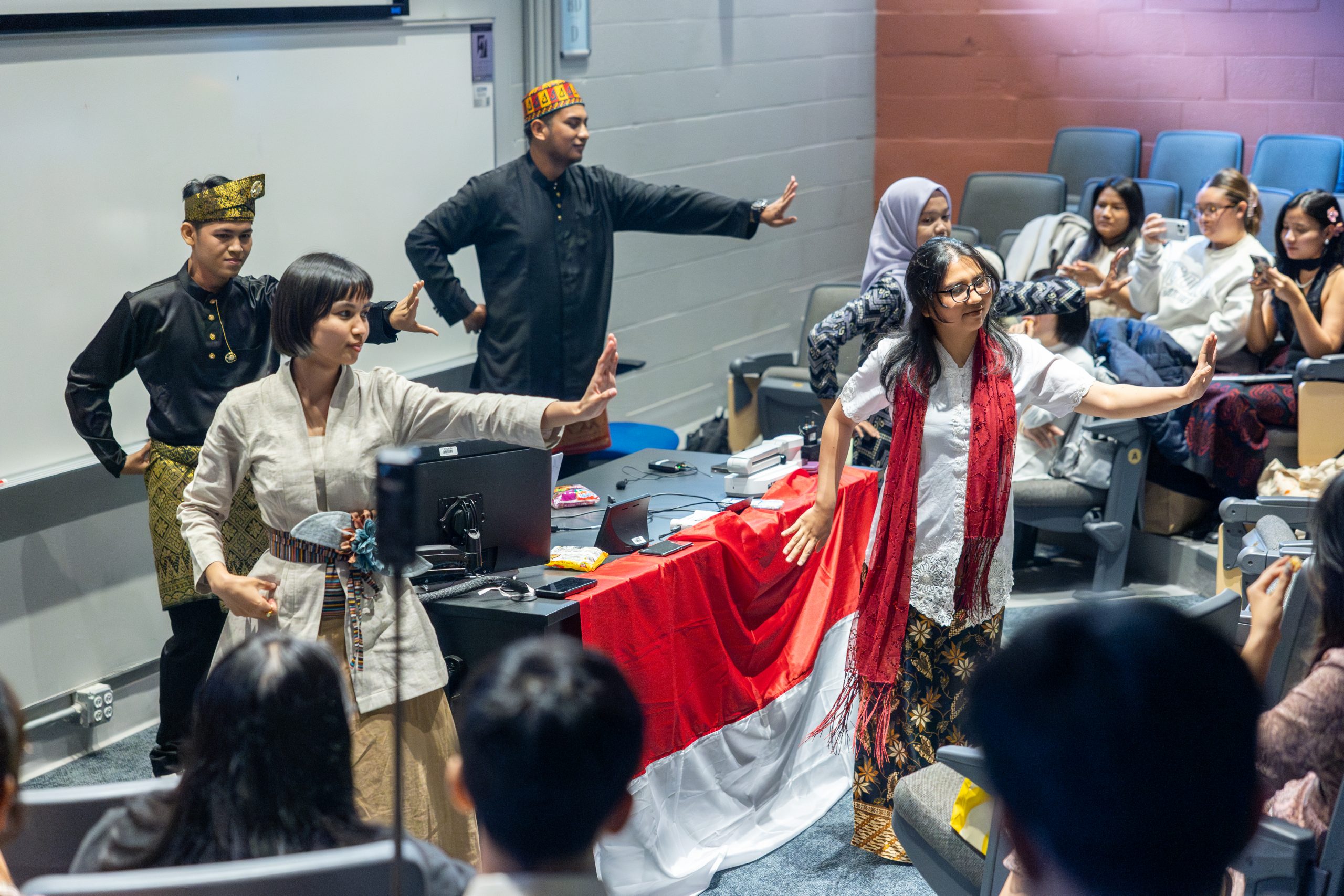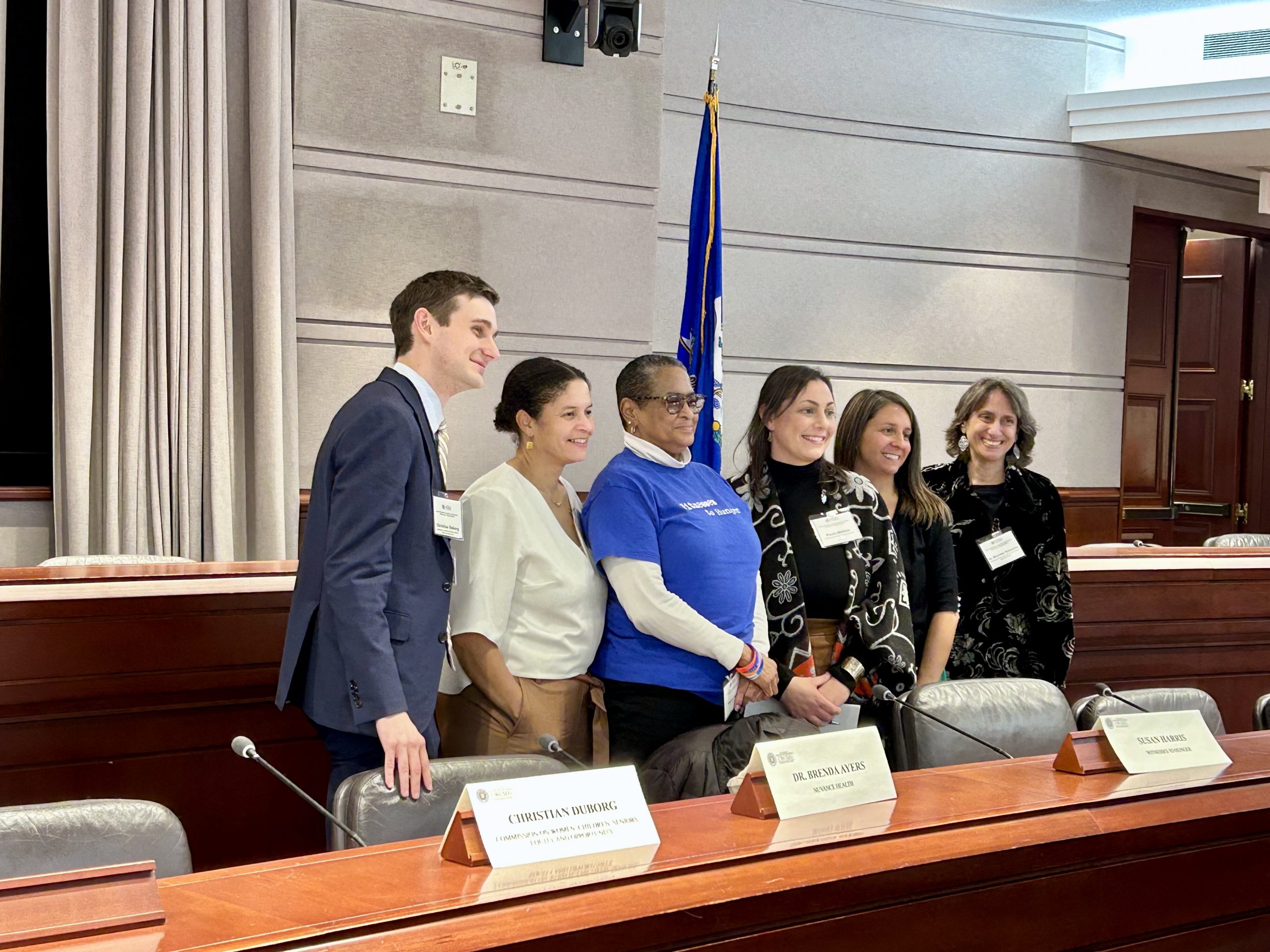A decade ago, UConn School of Social Work (SSW) launched the Performance Improvement Center, or PIC, with the goal of helping one of its long-time partner agencies, the Connecticut Department of Children and Families (DCF), evaluate a new initiative for families discharged from DCF. Led by co-principal investigators Brenda Kurz, Patricia Carlson, and Megan Feely, PIC uses data and analyses to help DCF identify trends and improve how it responds to vulnerable families in the state’s child welfare system.
An early focus of PIC was a DCF program launched in the same year called Community Support for Families. The voluntary program provides services to families who have been discharged from DCF and are considered low risk for future reports of abuse or neglect. Through the program, these families receive support and links to community services such as parenting classes, housing, and access to food or other basic needs with the intent of preventing future involvement with the child welfare system.
While such community-based prevention programs are widespread nationally, their effectiveness in preventing maltreatment has not been well studied. That’s where PIC comes in. They evaluate both implementation and effectiveness of the Connecticut program, providing DCF and partner agencies with actionable data. PIC has developed data dashboards for the agency and produced reports that answer questions about program enrollment, interventions, and outcomes. “We look at their data and analyze it in ways that they ask us to but could not do themselves,” says Kurz.
Based on the data and analysis, PIC has made specific recommendations for key improvements. For example, instead of referring families to Community Support for Families the second or third time a family has contact with DCF, they suggested making referrals earlier. PIC not only made the recommendation but provided statistical evidence to support it.
Another example is extending the length of services. Early on in their evaluation of the community program, PIC examined the length of service, or time families spent in the program, which was typically less than three months. But the data showed that families often needed more time. In response, DCF changed their contracts with local agencies to extend service up to six months.
“That was an excellent example of DCF using the research evidence we provided to change the program to increase the provider’s ability to stay with families that needed it longer,” says Carlson.
“As the nature of child welfare evolves in Connecticut, it takes strong partnerships to evaluate the outcomes of our interventions leading to enhanced practice,” says DCF Commissioner Vannessa Dorantes. “The collaborative work between DCF and UConn has resulted in both the collection and analysis of data to confirm existing successes and to provide recommendations for the future — all toward informing the next generation of our workforce. Connecticut’s children and families have benefitted from this relationship, and I look forward to our continued work.”
Room for Improvement
In a recent study, PIC looked at 25% of families (6,272) referred to Community Support for Families to determine the program’s impact on child safety and characteristics of families who enrolled. Co-authors Kurz, Carlson and Feely, and former PIC team member, Joshua Pierce, now a doctoral student at Brown University, found that the community program did improve child safety and lower the risk of a future maltreatment for families that completed the program.
More research is needed to understand why two out of five families return to the child welfare system after participating in the program. Yet the program is meeting some important goals. It’s a “dynamic community-based program that has been very successful and helped a lot of families,” says Carlson.
Since its early focus on Community Support for Families, PIC has expanded its role to evaluate other aspects of DCF’s work, such as the Family Assessment Response (FAR) track, which is DCF’s feeder track for the CSF program. Launched in 2012, FAR uses a team approach to engage families, discover their strengths, and view family members as key to the solution, referring them to needed services on discharge if needed. “FAR was created because DCF was seeing low-risk families who had been discharged without receiving any services returning at a higher level of risk as their needs had not been addressed,” says Kurz.
To evaluate that approach, PIC published a study describing the FAR system. They found that while the families served are low risk for abuse or neglect, they still have significant issues that need addressing, such as mental health.
Since PIC began its evaluation some 269,536 families have been served by the two child welfare tracts. Going forward, PIC is utilizing a “research-to-practice” model. “The initial goal was to evaluate the Community Support for Families program and to see if it was making a difference,” says Carlson. “The goal now is helping DCF get a deeper understanding of this data and making it more accessible so they can take what we are learning and use it to influence practice and policy.”



